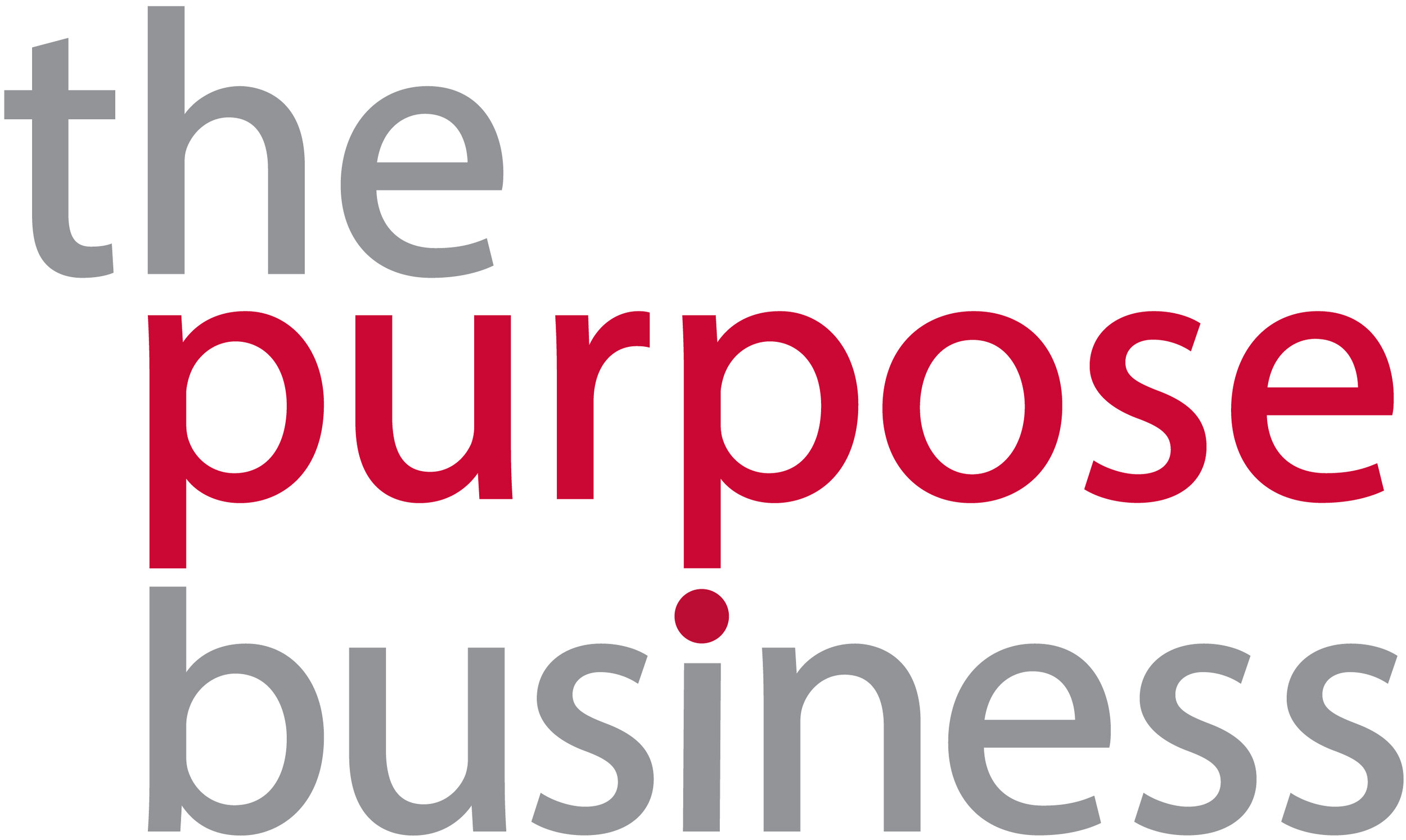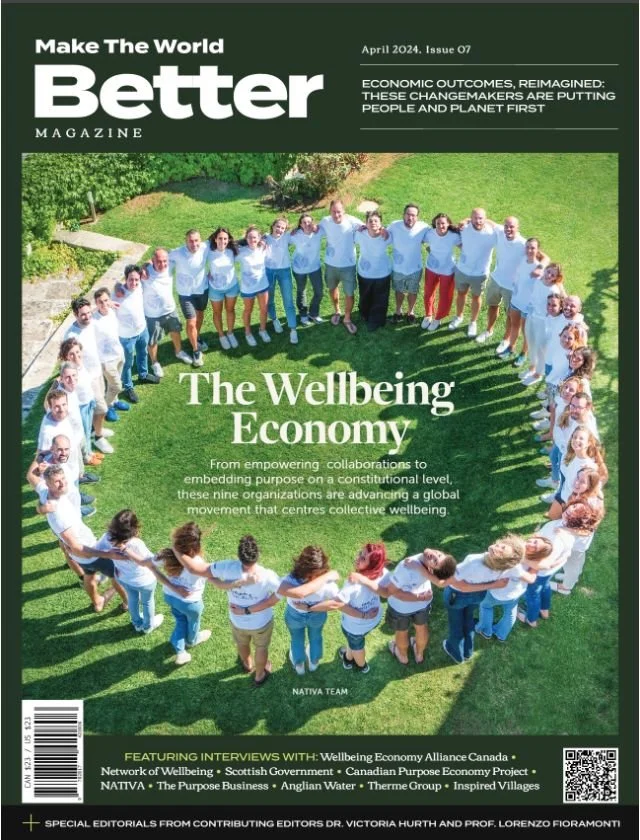Sustainability reporting in the digital age
Rebecca Walker Chan, Sustainability Advisor, argues that while new communication tools and channels can give sustainability reports more impact and relevance to their audience, the fundamentals for successful sustainability reporting remain the same.
Since 2016, publicly traded companies in Hong Kong have been required to supply a report to The Hong Kong Stock Exchange about their approach to managing environmental, social and governance (ESG) aspects of their business. Why? Annual updates on ESG performance help stakeholders better understand how a company measures, manages and communicates how it conducts its business. With the aim of increasing transparency, sustainability reports enable companies to take stock of their operations, set goals and manage change more effectively.
These reports are published annually and where a company fails to make a required disclosure it must explain why. As a result, thousands of ESG or sustainability reports have been written and even more man-hours have been put into these annual disclosures. Depending on a company’s attitude to the value of non-financial reporting, this annual requirement has become either a blessing or a curse. For those who have a wider sustainability strategy, reporting is simply part of managing progress and transparency, and it has obvious value. For those who are doing it for pure compliance, it quickly becomes an extracurricular activity with little-to-no resources allocated to it and a burden.
The value proposition
Writing a good sustainability report – one that goes beyond compliance, is part of a wider corporate strategy, and is valued beyond box ticking – is a product of a concentrated and collaborative effort to assess and communicate ESG topics with stakeholders. This becomes an add-on to an already full docket of responsibilities for in-house staff who may not have the training or educational background to know how to collect and analyse environmental data, engage stakeholders and write a comprehensive report. Considering all this effort, who even reads these sustainability reports?
Regulators care about transparency and ESG information has become increasingly important to smart and purposeful investors. Simultaneously, the expectations of stakeholders for more regular and accessible information through various channels is changing. Yet companies are not reaching target stakeholders. Based on feedback from several stakeholder engagement exercises; it is clear that some stakeholders read selected sections of a report and only a few read the reports in full upon their annual release (or even after). A lot of time, money and effort goes into the reporting process, yet if companies fail to discuss the important and relevant ESG issues, stakeholders lose interest.
What has changed?
While ESG reporting is slowly becoming more mainstream, not much has changed in how annual ESG reports are shared. There have been forecasts about changes in reporting styles and new tech-savvy data management, as well as predictions regarding a surge of interest in integrated reporting and hopes that these reports would lead to palpable change in how businesses treat their employees, the environment and stakeholders. A happy balance can be for companies to develop a blend and not be limited to one annual report, sharing disclosures in different reports focused on the distinct needs of a range of target audiences.
All your stakeholders should be able to find something relevant to them in your full report. After all, ESG reporting is intended to provide a balanced view of all of business impacts. However, it is not fair nor right to bundle audiences into single stakeholder groups. An employee may also be an investor, an environmental activist, a community member and a customer simultaneously. By carefully considering who the report is for, the intended messages can be crafted accordingly. Ideally, this does not mean first deciding that the report is for investors or employees and then loading the content to fit that group. Instead it means deeply analysing the data and developing your story, and then discerning which audience will make the most from it and channeling it their way. For example, an investor might be more keen to read about governance and risk management, whereas a young consumer might be more interested in employee engagement and a local charity might want to learn more about community investment initiatives.
This is where some purposeful and directed communications and better understanding of stakeholder’s interests come in handy and can be used for a greater impact. For ESG reporting to be made as important as any other business reporting, it has to come in a format and channel suitable to its audience.
For ESG reporting to be made as important as any other business reporting, it has to come in a format and channel suitable to its audience.
The current trend is to adjust the format of your sustainability report, along with the style and frequency of reporting. In recent years, more companies have turned to online publishing, which helps save paper and can enable cross-website referencing and sharing. Other innovations include sustainability dashboards with real-time data and using social media to share ESG messages. There is definitely a value for reporters to adopt these new channels and move towards more frequently updated web-based reporting. Technology-enabled integrated reporting allows businesses to explore and benefit from the interconnections between the strategic and economic performance side of operations and the socio-environmental aspects at the same time. This can enable ‘living reports’ where data is updated regularly, offering real-time data and transparency that is stakeholder driven.
New medium same message?
A key point in sustainability communications – as with all things sustainability-related – is that transparency builds trust. Companies in Hong Kong should be engaging stakeholders with messages about their environmental and social impacts, and taking part in a multi-party dialogue that promotes continuous responsible growth year on year. Sharing ambitions, direction and challenges demonstrates authenticity, as well as providing more opportunities to engage and learn from stakeholders. It helps to build stronger communications and can strengthen reputation beyond an ESG report. This involves creating multiple compelling narratives for a range of audiences that are authentic and can be adapted and positioned for new and evolving communications channels, such as social media.
By understanding stakeholders, a company can more easily create content that resonates – millennials are more likely to watch and engage with a YouTube video than read a PDF. The more visibility the better, but the content of your reporting needs to share responsible practices, commitments, successes and failures. Used positively and proactively, social media can be useful for communicating progress. In this age of constantly updated and always available information, it seems reasonable that sustainability reports be shared across a range of platforms. This can be a big ask, however, particularly in places where many corporate communications and marketing teams still don’t seem to grasp how risky a poorly thought out campaign can be. Effective use of social media channels requires a clear strategy, constant content updates, creative engagement techniques and a support team to field user comments and questions. It is unlikely that most social media account managers are adequately knowledgeable about greenhouse gas emissions, water reduction initiatives or the impact of community engagement efforts to effectively keep stakeholders informed.
A tool for progress
Sustainability reporting is a measurement tool that should inform company strategy by creating a link between disclosures and performance and continued growth. Hong Kong companies tend to wait until something is complete, boxed and gift-wrapped for perfect delivery before they talk about it. However, ESG reports should be an open-handed invitation to readers where they are given a glimpse of the company’s purpose. It is an opportunity for companies to prove to their stakeholders that they deserve to stay in business by sharing an introspective view of what matters most. This means progressing beyond compliance-based reporting, this means taking responsibility for poor performance and it means continually raising the bar year by year. The style and format of the report matter far less than the content. But embracing new communications tools and approaches can give your report more impact and relevance for your audience – and that makes the future of reporting exciting.
This article was first published in the April 2019 edition of CSj, the journal of the Hong Kong Institute of Chartered Secretaries published by Ninehills Media Ltd.
At TPB we help companies deliver ESG reports that are right for them. Get in touch to discover how we can help your business.
TPB bitesize insight:
Focus on the fundamentals
The art of corporate reporting has changed dramatically over the last decade. This article has looked at some of the new communication channels and formats that sustainability teams may consider using to improve the exposure and impact of their reports. It is important, however, not to lose sight of the fundamental value proposition of sustainability reporting.
Below we suggest some essential questions for sustainability teams to consider when developing their next report.
Why are you reporting?
What is the use of the report and what value can you pull from the reporting process?
Who are your main readers or audience?
What is it about your company that they are most interested in?
What is your story?
What are you comfortable disclosing now and will you continue to be comfortable disclosing it in the future (because once it’s out there you cannot retract it)?
TPB bitesize insight:
Corporate Reporting Dialogue
In Hong Kong, most sustainability reports need to adhere to the environmental, social and governance reporting guidelines issued by The Hong Kong Stock Exchange (the Exchange). Many companies base their reporting on the Global Reporting Initiative (GRI) Standards, which overlap with and expand on the Exchange’s requirements. Beyond these, other frameworks such as the UN Guiding Principles Reporting Framework, CDP (formerly the Carbon Disclosure Project), and the newly launched Financial Stability Board’s Task Force on Climate-related Financial Disclosures all encourage the integration of non-financial metrics into financial reporting.
This array of reporting frameworks has caused some confusion in the market. To help address this, the Corporate Reporting Dialogue has been established to respond to market calls for greater coherence, consistency and comparability between corporate reporting frameworks, standards and related requirements. This effort should create better alignment in the corporate reporting landscape and make it easier for companies to prepare effective and coherent disclosures that meet the information needs of capital markets and society.
More information is available on the Corporate Reporting Dialogue website.




